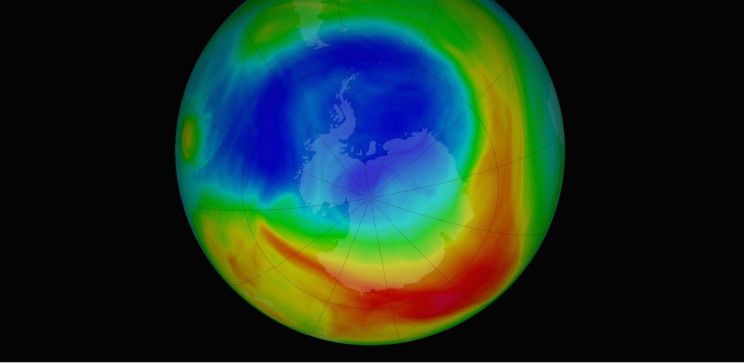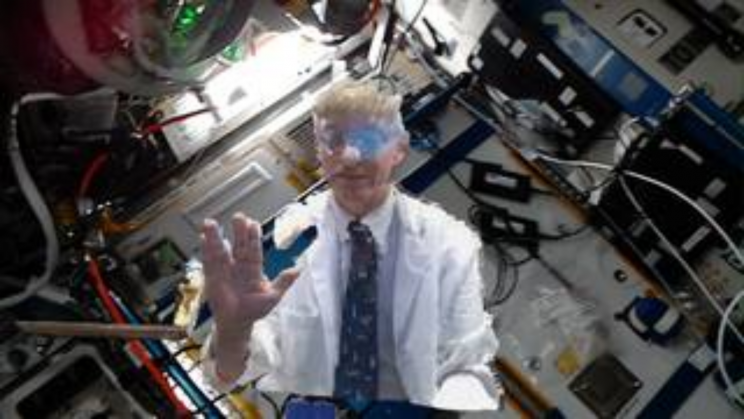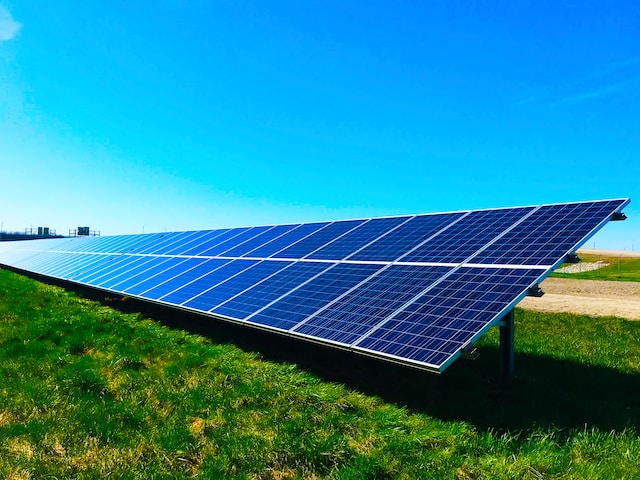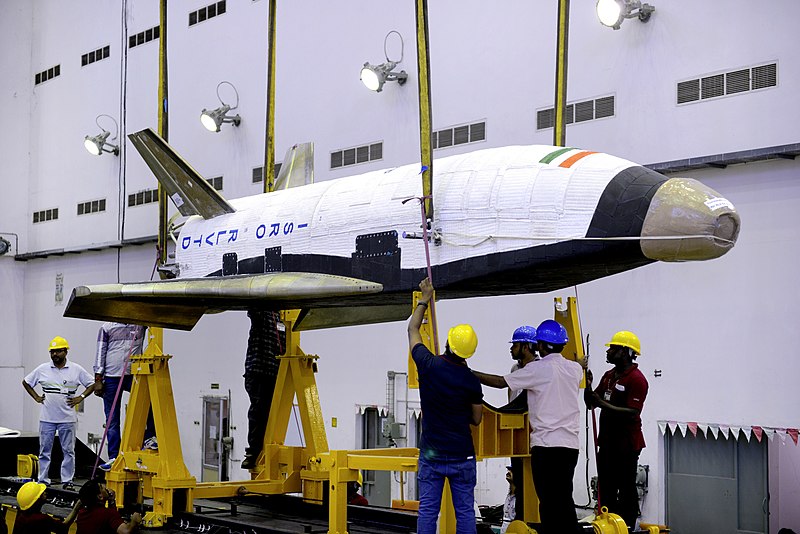Earth’s ozone layer is a critical protective layer that shields us from harmful ultraviolet radiation. When scientists discovered heavy use of certain refrigerants, solvents, propellants, and foam-blowing agents is destroying ozone layer, most of these ozone depleting substances were banned.
Recently NASA and NOAA scientists reported that the ozone hole near the South Pole this year is the smallest since 1982 when it was discovered.
Although shrinkage of the ozone hole is a great news, but scientists explained that the reduced ozone depletion this year was caused by abnormal weather conditions. The ozone hole continuously fluctuates; it usually reaches its peak size in or around October. On 8th Sept of present year, hole was measured at 6.3 million square miles, but as per latest observations the hole now covers less than 3.9million square miles which is a record low.
“It’s great news for ozone in the Southern Hemisphere,” said Paul Newman, chief scientist for Earth Sciences at NASA’s Goddard Space Flight Center.
“But it’s important to recognize that what we’re seeing this year is due to warmer stratospheric temperatures. It’s not a sign that atmospheric ozone is suddenly on a fast track to recovery.”







